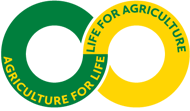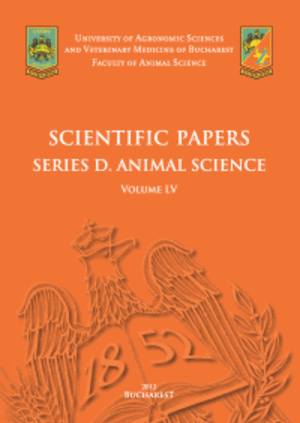Published in Scientific Papers. Series "Management, Economic Engineering in Agriculture and rural development", Vol. 24 ISSUE 4
Written by Aysegül TANIN, Sait ENGINDENIZ
The main purpose of this study is to determine the level of input use, cost and profitability for farmers and entrepreneurs by making an economic analysis of grain maize production in Izmir province of Türkiye. The data of the study was collected by survey method from 93 farmers with proportional sampling. First, the socio-economic characteristics of the farmers were examined. Then, the activity results of the farmers regarding maize production were analyzed. Variable cost items in maize production were labour and machine costs, material (seed, fertilizer, pesticide, water, etc.) costs and interest on the total costs. Fixed cost items were land rent and management costs. To calculate the net return obtained from maize, production costs were subtracted from the gross production value. The average age of the farmers and average education period were determined as 46.47 and 7.81 years, respectively. The average maize land in the farms was 9.90 hectares. The average total production cost per hectare for maize was 27,953.30 TL. Farmers obtained an average of 15,885.16 TL/ha gross return and 11,406.71 TL/ha net return from maize production in the relevant period. The study results show that maize production in the region can be done economically.
[Read full article] [Citation]

 Next Issue will be published according the the calendar.
Next Issue will be published according the the calendar.



